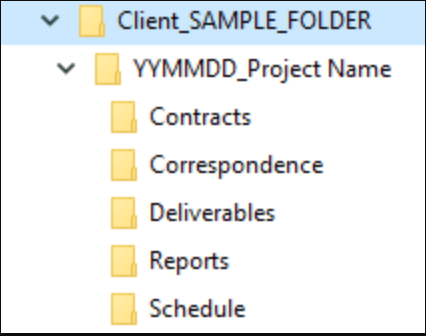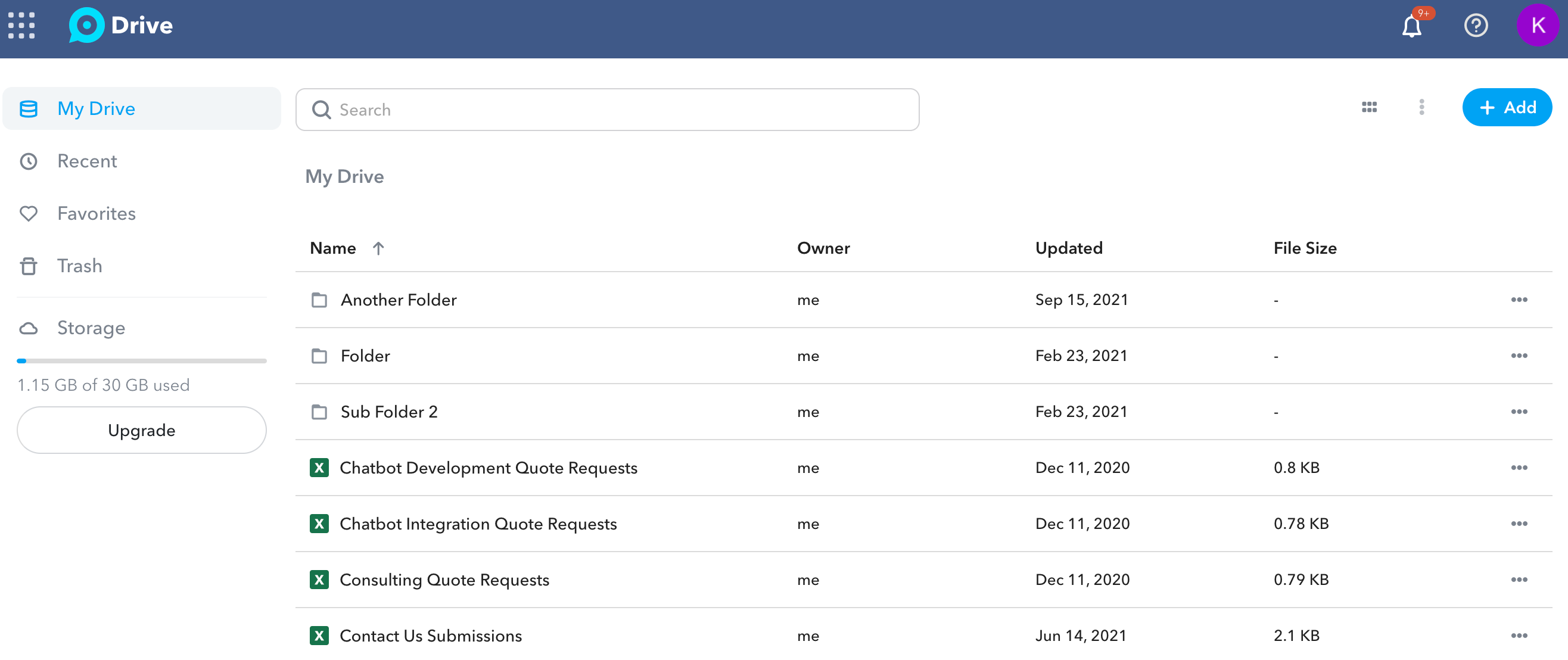Businesses should store any documents on the cloud that they need to access, share, or protect on a regular basis. By storing documents on the cloud, businesses can enjoy greater flexibility, accessibility, and security, and can more easily collaborate and communicate with stakeholders.
We’ll discover the best practices for organizing your business drive with those sensitive documents, such as employee information or financial data, no matter what type of industry you’re a part of.
With TruVISIBILITY's Sites application, you can easily create and publish entire websites, landing pages, and blog pages that can be shared across your social media pages and email campaigns.
Create beautiful blogs that display flawlessly on any device. You don't need to be a coder or a designer for that. Just use our purpose-driven templates and a simple-to-use visual builder to customize them.
Use email marketing automations to generate more visitors to your blog in TruVISIBILITY's Blogs app by sending an email every time a blog is published. You can also share the publication of a new article on your social channels automatically.
So many features inside a single app! Sign up for a TruVISIBILITY freemium account now and start your blog.
Table of Contents
- How to Organize an Online Drive for Businesses
- What Types of Documents Should Businesses Store on the Cloud?
- Conclusion

How to Organize an Online Drive for Businesses
Organizing documents in a drive is crucial for any business as it can improve productivity and efficiency in the workplace. When documents are organized in a logical and intuitive manner, it becomes easier to find, share, and collaborate on them. Here are some tips on how a business can organize documents in a drive:
Create a Folder Structure
The first step to organizing documents in a drive is to create a folder structure that makes sense for your business. Create main folders for different departments, projects, or teams, and then subfolders for specific topics or tasks. For example, you could have a main folder for HR, and subfolders for employee onboarding, payroll, and benefits.

Use Consistent Naming Conventions
Use consistent naming conventions for your folders and documents to make them easy to find. Use descriptive and concise names that accurately reflect the content of the folder or document. Avoid using special characters, spaces, or abbreviations that can cause confusion.
Group Documents by Date
Group documents by date to make it easier to locate the most recent versions. Use dates in the file names or folder names to indicate when the documents were created or last modified. This makes it easier to track changes and ensures that everyone is working on the most up-to-date version of a document.
Create Shared Folders
Create shared folders for team projects or collaborative documents to allow team members to work together more efficiently. This can also help to prevent multiple versions of a document being created and make it easier to manage changes.
Use File-sharing Permissions
Use file-sharing permissions to ensure that only authorized personnel have access to sensitive documents. This can help to prevent accidental deletion or modification of critical files, and reduce the risk of data breaches or leaks.
Archive Old Files
Regularly archive old files that are no longer needed to free up space and keep your drive organized. This can help to prevent clutter and make it easier to find the files you need.
Use Search Features
Take advantage of the search features provided by your drive to quickly locate specific files or folders. Use relevant keywords or tags to help the search algorithm to find the documents you need.
What Types of Documents Should Businesses Store on the Cloud?
Businesses can store a wide variety of documents on the cloud, depending on their specific needs and requirements.

Here are some examples of the types of business documents that businesses may want to consider storing on the cloud:
Contracts and Legal Documents
Businesses can store contracts, agreements, and other legal documents on the cloud. This can help to ensure that they are easily accessible to the relevant parties, and that they can be securely stored and protected from loss or damage.
Financial Records
Businesses can store financial records, including invoices, receipts, and bank statements, on the cloud. This can help to ensure that they are easily accessible for accounting and tax purposes, and that they can be backed up and protected from loss or damage.
Employee Records
Businesses can store employee records, including HR files, payroll records, and performance evaluations, on the cloud. This can help to ensure that they are easily accessible to HR and management, and that they can be securely stored and protected from loss or damage.
Marketing Materials
Businesses can store marketing materials, including advertising campaigns, press releases, and social media content, on the cloud. This can help to ensure that they are easily accessible to marketing teams, and that they can be easily shared with other stakeholders.
Project Management Documents
Businesses can store project management documents, including project plans, timelines, and status reports, on the cloud. This can help to ensure that they are easily accessible to project teams, and that they can be easily shared with other stakeholders.

Training Materials
Businesses can store training materials, including employee training manuals, videos, and presentations, on the cloud. This can help to ensure that they are easily accessible to employees, and that they can be easily updated and revised as needed.
Customer Records
Businesses can store customer records, including contact information, order history, and support requests, on the cloud. This can help to ensure that they are easily accessible to customer service teams, and that they can be securely stored and protected from loss or damage.
Conclusion
Organizing documents in a drive is critical for businesses to operate efficiently and effectively. Creating a folder structure, using consistent naming conventions, grouping documents by date, creating shared folders, using file-sharing permissions, archiving old files, and using search features can all help to keep your drive organized and easy to use. By using these organization of files, you'll see better bottom line numbers for your business.
By taking the time to organize your documents in a drive, you can also improve productivity, collaboration, and overall employee performance. Check out TruVISIBILITY’s Drive so you can feel safe about your sensitive business documents being stored in a secure place online. Simply use one or all of TruVISIBILITY's all-in-one digital marketing suite to take part of a secure online drive.
Want to receive more articles?
Sign-up for our weekly newsletter to receive info that will help your business grow



